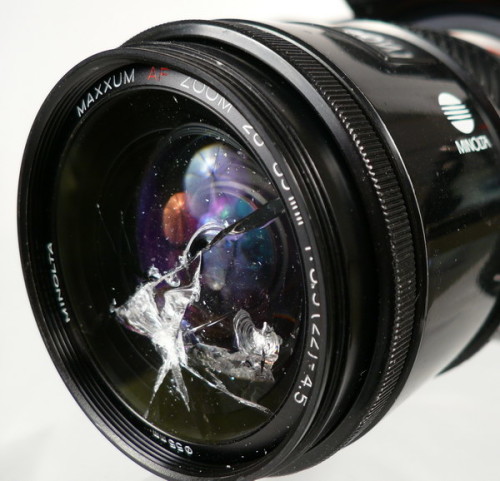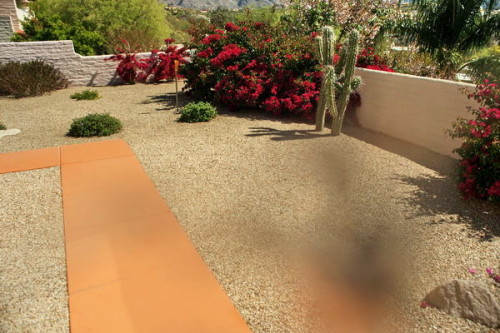A couple of years ago I went through all our (Olga’s and mine) printed photographes, selected the good ones, and ordered scans from the studio, so that I could have them all in digital form. One of the annoying problems I came across when catalogueing those images was the date.
Most images didn’t have any date reference what-so-ever, so I had to guess when it was or date these images as very uproximate. Others, did have a date added by the camera. The problem though, was that in many cases, the date was way off. That’s because the camera was never properly configured (users hate manuals).
Today, while importing images to Flickr I realized that the same problem applies to digital cameras too. Many images in my gallery had a really wrong timestamp in the EXIF data. Useless. Good thing I was keeping them in the directory structure, which referenced the date (2005/2005-04-15_My_birthday). I could easily fix it with a tiny script.
This got me thinking. How can the problem be solved once and for all? Is it even possible? Is there a way for digital camera to know what time it is, without user telling it? How about people who travel a lot – do they have to reconfigure their cameras at every time zone?
The travelling bit gave me an idea – GPS. Some cameras already use GPS to add geolocation coordinates to the meta data of the picture. But GPS receivers can be also used for maintaining the precise clock, which can be autoconfigured, and autoconfigured with time zone of the actual camera location. This is sweet!
Hopefully Canon (and other vendors who I don’t care about) already does it, or plans to do it in the nearest future. That could be an excellent technology application – useful, and invisible to the user. Just as it should be.

